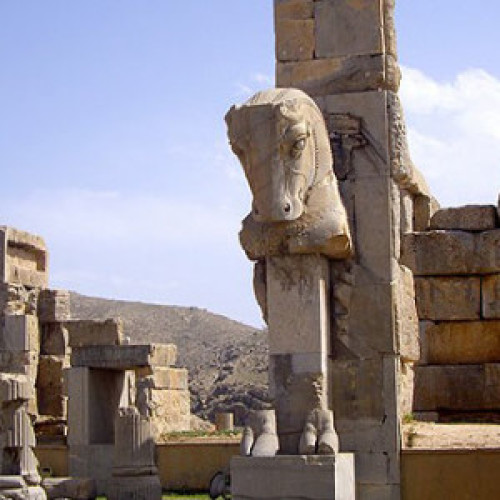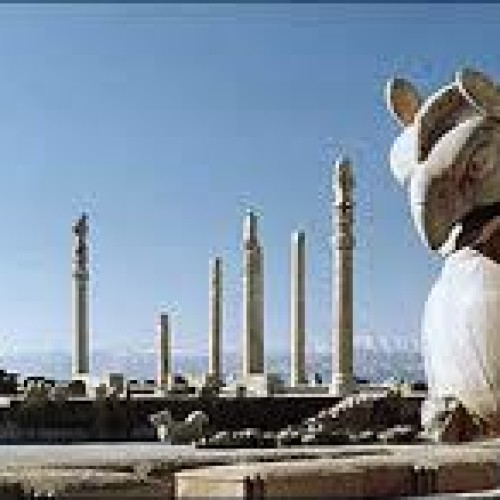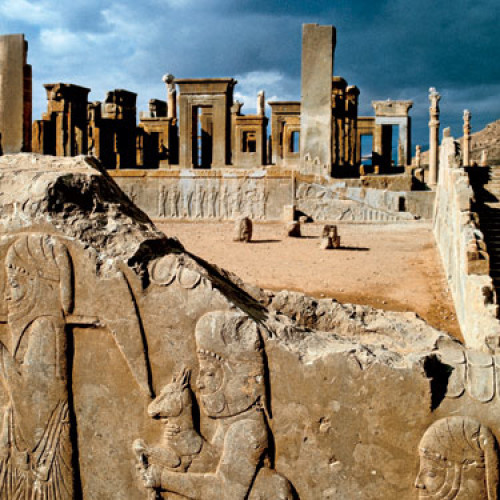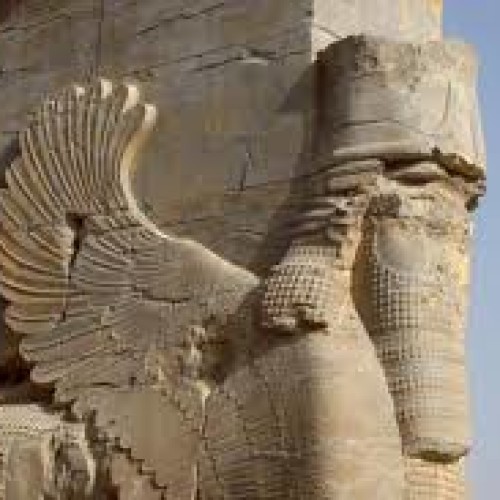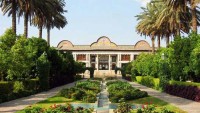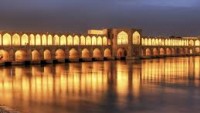Ruins of a 518 BC Achaemenid empire capital & palace complex built in a terrace design
Persepolis, literally meaning “city of Persians”, was the ceremonial capital of the Achaemenid Empire. Persepolis is situated 60 km northeast of the city of Shiraz in Fars Province in Iran. The earliest remains of Persepolis date back to 515 BCE.
Persepolis is the Greek name (from perses polis for ‘Persian City’) for the ancient city of Parsa, located seventy miles northeast of Shiraz in present-day Iran. The name Parsa meant ‘City of The Persians’ and construction began at the site in 518 BCE under the rule of King Darius the Great ( who reigned 522-486 BCE). Darius made Parsa the new capital of the Persian Empire, instead of Pasargadae, the old capital and burial place of King Cyrus the Great. Because of its remote location in the mountains, however, travel to Parsa was almost impossible during the rainy season of the Persian winter when paths turned to mud and so the city was used mainly in the spring and summer warmer seasons. Administration of the Achaemenian Empire was overseen from Susa, from Babylon or from Ecbatana during the cold seasons and it was most likely for this reason that the Greeks never knew of Parsa until it was sacked and looted by Alexander the Great in 330 BCE (the historian Plutarch claiming that Alexander carried away the treasures of Parsa on the backs of 20,000 mules and 5,000 camels).
Though building began under Darius, the glory of Parsa which Alexander found when he invaded was due mainly to the latter works of Xerxes I and Artaxerxes III, both of whose names have been found (besides that of Darius) inscribed on tablets, over doorways and in hallways throughout the ruins of the city.
THE GREAT CITY OF PERSEPOLIS WAS BUILT IN TERRACES UP FROM THE RIVER PULWAR TO RISE ON A LARGER TERRACE OF OVER 125,000 SQUARE FEET.
Address: Iran
Founded: 6th century BC
Periods: Achaemenid Empire
Builder: Darius I, Xerxes I, Artaxerxes I of Persia

